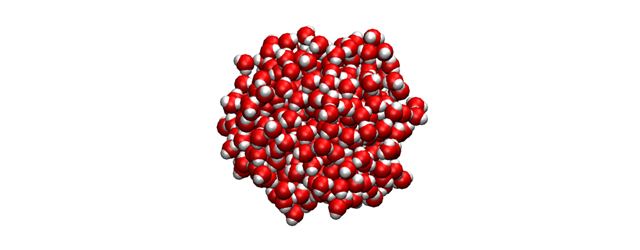Swarm-based simulation strategy proves significantly shorter (Vol. 49, No. 1)

New method creates time-efficient way of computing models of complex systems reaching equilibrium.
When the maths cannot be done by hand, physicists modelling complex systems, like the dynamics of biological molecules in the body, need to use computer simulations. Such complicated systems require a period of time before being measured, as they settle into a balanced state. The question is: how long do computer simulations need to run to be accurate? Speeding up processing time to elucidate highly complex study systems has been a common challenge. And it cannot be done by running parallel computations. That’s because the results from the previous time lapse matters for computing the next time lapse. Now, the authors have developed a practical partial solution to the problem of saving time when using computer simulations that require bringing a complex system into a steady state of equilibrium and measuring its equilibrium properties. These findings have been recently published. One solution is to run multiple copies of the same simulation. In this study, the authors examine an ensemble of 1,000 runs—dubbed a swarm. This approach reduces the overall time required to get the answer to estimating the value of the system at equilibrium.
S. M.A. Malek, R. K. Bowles, I. Saika-Voivod, F. Sciortino, and P. H. Poole, Swarm relaxation: Equilibrating a large ensemble of computer simulations, Eur. Phys. J. E, 40, 98 (2017)
[Abstract]






